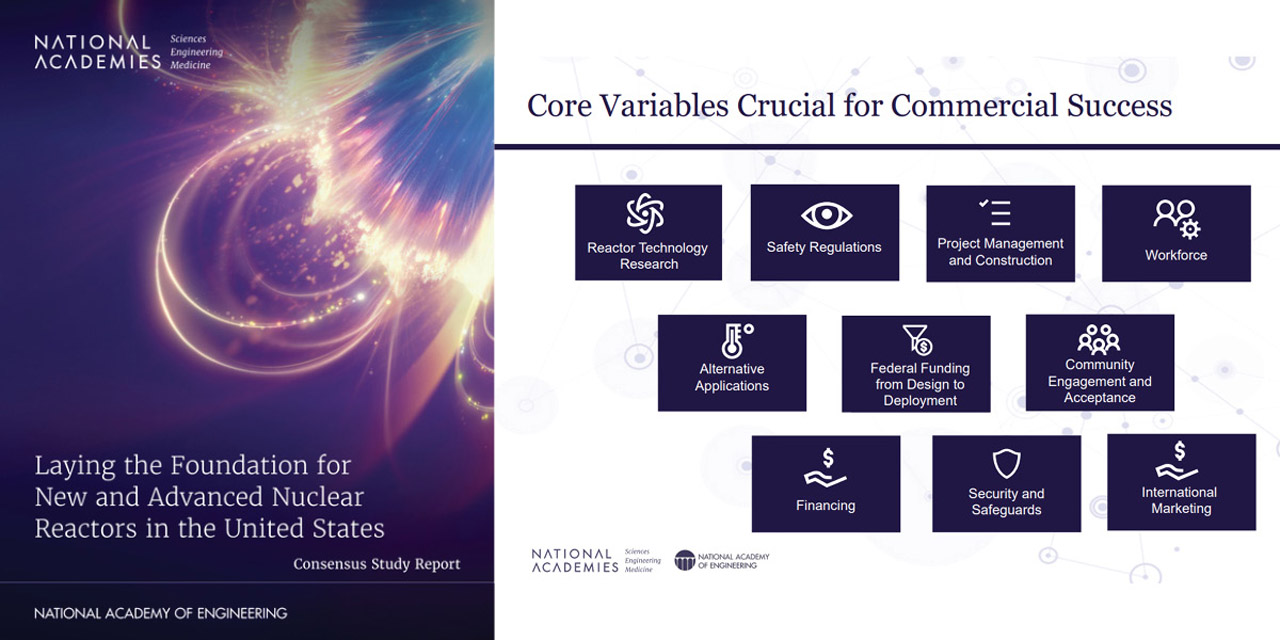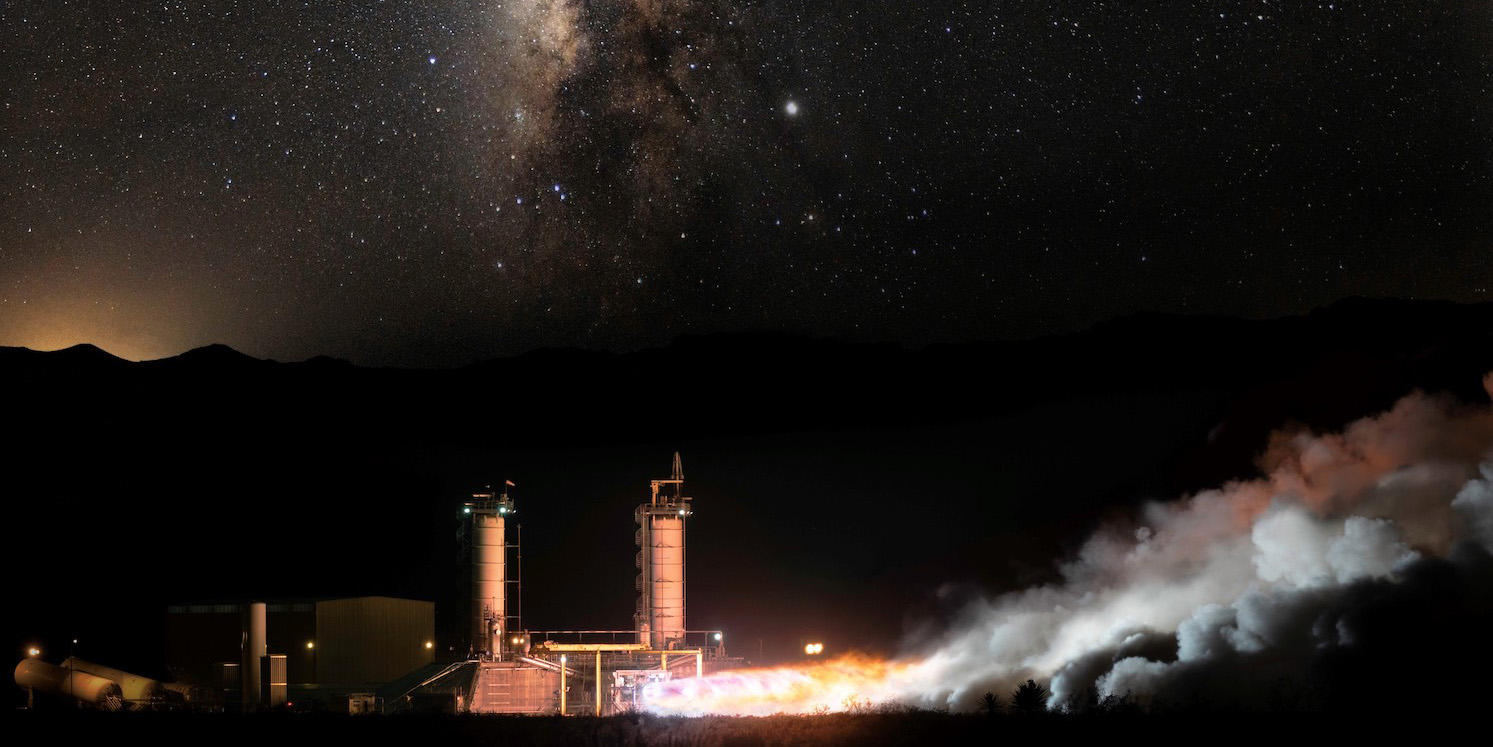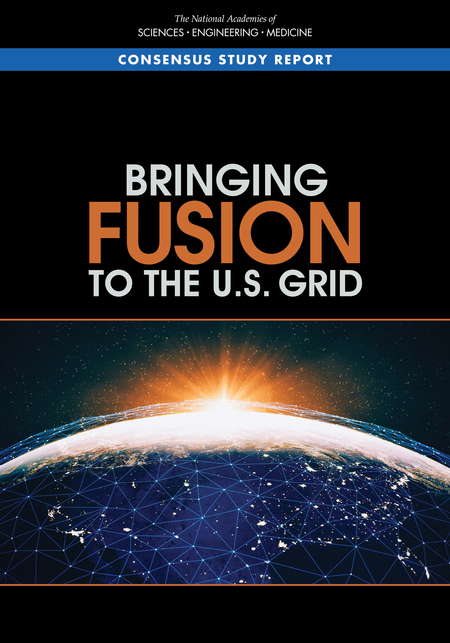DOE funds AI-assisted hunt for biomarkers of low-dose radiation health effects
Funds earmarked for “integrated biological and computational low-dose radiation research” will go to 14 university research projects in a new approach to federally funded low-dose radiation research that leverages artificial intelligence and machine learning to find cellular markers of radiation health effects. The Department of Energy announced on August 21 that these 14 projects on cellular and molecular responses to low-dose radiation would collectively get $19.5 million in funding over three years.









 Coordinated federal and private industry investments made now could yield an operational fusion pilot plant in the 2035–2040 time frame, according to
Coordinated federal and private industry investments made now could yield an operational fusion pilot plant in the 2035–2040 time frame, according to